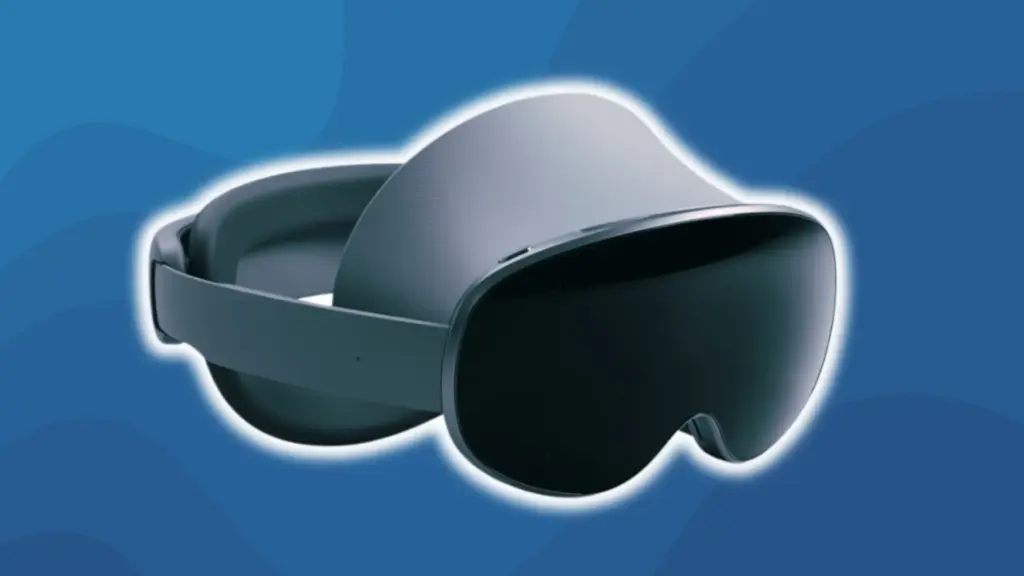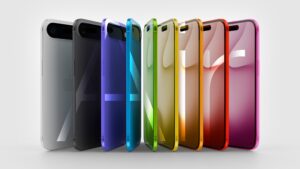
Samsung is set to make a significant impact in the augmented and virtual reality market with its upcoming XR headset, reportedly launching on October 21, 2023. A recent leak from Android Headlines reveals impressive specifications for the device, codenamed Project Moohan, indicating a direct challenge to Apple’s Vision Pro.
The standout feature of this new headset is its display. According to the leak, Samsung has equipped the device with a 4K micro-OLED display boasting an extraordinary pixel density of 4,032 pixels per inch (ppi). In comparison, the Apple Vision Pro features a display at 3,386 ppi. If confirmed, this specification could provide Samsung with a distinct advantage in visual clarity and overall user experience.
Performance and Features
Driving this remarkable display is the Qualcomm Snapdragon XR2 Plus Gen 2 processor, which is designed to support impressive resolutions. The chip can manage 4.3K resolution per eye while maintaining a smooth performance at 90 frames per second. This collaboration among Samsung, Google, and Qualcomm aims to create a robust competitor to Apple’s immersive computing ecosystem.
The headset is expected to incorporate advanced tracking technologies, allowing users to control it through hand gestures, eye movement, and voice commands. Additionally, the device will feature built-in Gemini AI for enhanced user assistance. Other practical design elements include a dial for adjusting the head strap, comfortable cushioning, and detachable light shields to minimize external distractions.
Battery Life and User Interface
Despite its promising specifications, potential limitations appear in the area of battery life. The leak suggests that the headset will offer up to two hours of general usage, or 2.5 hours of video playback when connected to an external battery pack. Weighing in at 545 grams, the headset is slightly lighter than the Vision Pro, but the battery duration may not exceed that of its competitor.
The leaked information also hints at a user interface designed to enhance the overall experience. A screenshot of the One UI XR interface reveals a mix of Samsung and Google applications, including familiar platforms such as the Play Store, YouTube, Google Maps, and Netflix. This indicates a strong push for content availability from the outset.
As the launch date approaches, anticipation builds around how these specifications will translate into real-world performance. Samsung’s first foray into the XR headset market could redefine expectations in this rapidly evolving sector, particularly as it positions itself against established competitors like Apple.
With only a few weeks until the official unveiling, tech enthusiasts worldwide are eager to see how Samsung’s ambitious vision will manifest in user experience.







